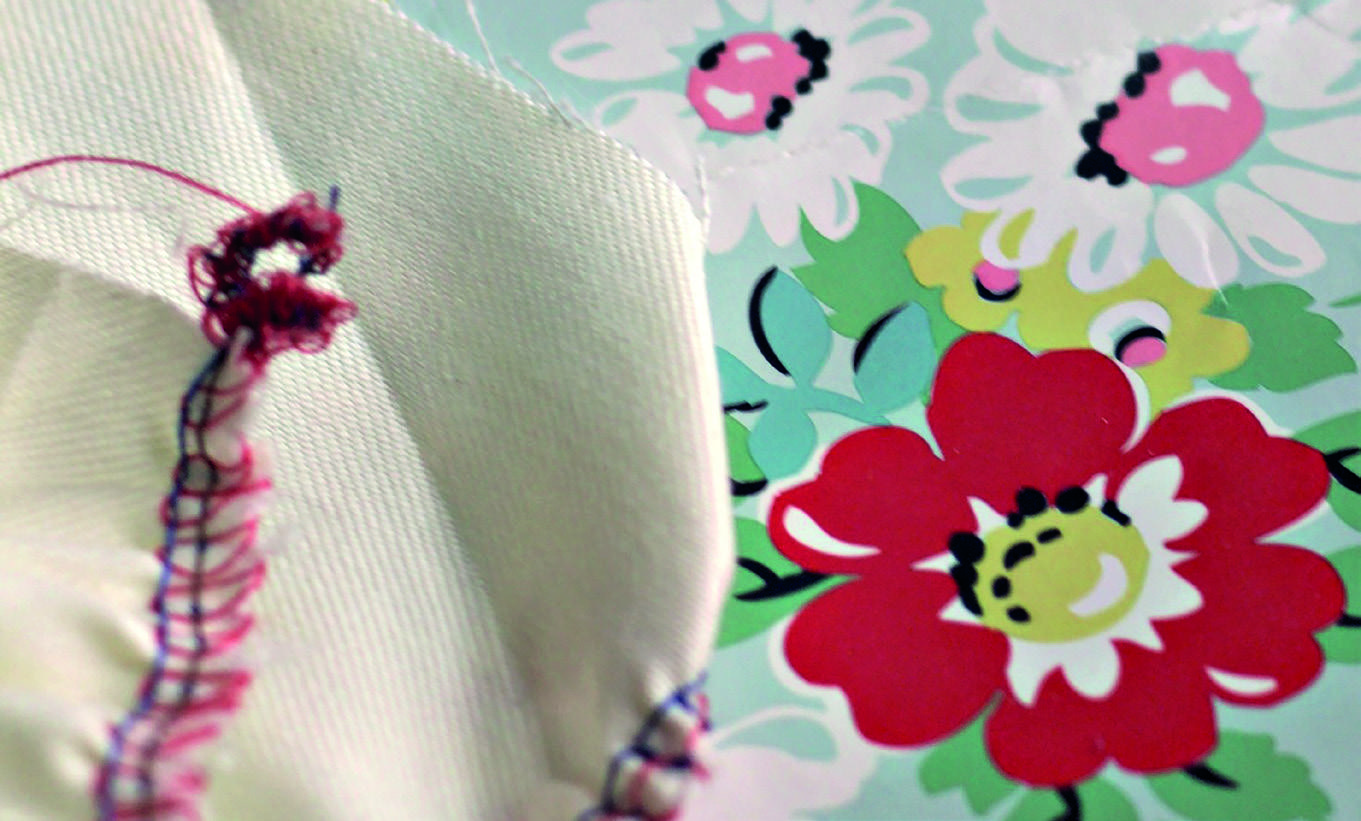Get to grips with the best overlocking finishes for everyday stitching. The overlocker has a different feel to a regular sewing machine. The trick is to let the feed dog guide the fabric. Use your right hand to support the edge of the material, taking car

Three-thread overlocking: this is formed by one needle threaded plus two looper threads. The position determines whether it will be narrow or wide. For wide, use three threads and the left needle, producing 5mm seams. For narrow, you need three threads and the right needle for a 2.8mm seam. Use to finish off fray edges on a woven or single seam.

Basic rolled hem: Adjust the cutting width to the broadest setting possible. Individual fabric characteristics will determine the best stitch length. Some brands will require that the stitch finger is out. For difficult fabrics, you may find that increasing the length helps you control things.

Gathering stitches: Increase stitch length to 3-4, and the differential feed to the highest point, so the fabric is fed twice as fast. Make sure you tighten the needle thread to secure the gathers. Some machines will have a special gathering foot, so you can gather and overcast stitches at the same time.